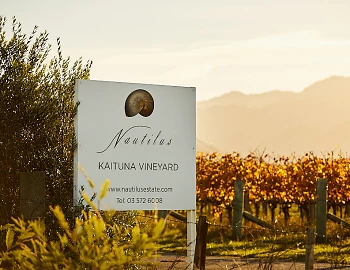Salzl
The Austrian winery Salzl Seewinkelhof is located in Illmitz, surrounded by the picturesque lakes and plains of the Neusiedlersee-Seewinkel National Park in Burgenland. A good hour’s drive from Vienna lies this family winery that also provides comfortable 4-star accommodation in an attached guesthouse with a pool.
The history of the winery dates back to 1840. Josef Salzl restructured the winery in the 1980s, focusing on the production of high-quality red wines and thus laying the foundation for today’s success. Since 2005, his son Christoph has also been fully involved in the operation of the winery. He is taking over the business step by step in order to continue the family tradition. Three generations are currently working hand in hand to produce authentic wines with the greatest passion and care according to the motto “enjoyment and joie de vivre”.
White wines from Salzl
Red wines from Salzl
Sweet wines from Salzl
Delicatessen from Salzl
from Salzl
Since 2009, the wines are vinified in the new winery surrounded by the vineyards of Illmitz. The estate is one of Austria’s flagship wineries, both from an architectural and from a technical point of view. The Salzl family currently cultivates an area of approx. 80 hectares. The focus is on the production of red wines that are known for their tenderness and warmth; typical characteristics of Seewinkel. The dominant variety is the Zweigelt, which is typical for the region because it enjoys ideal conditions in Seewinkel. In addition to Blaufränkisch, the second local grape variety, Cabernet Sauvignon, Merlot and Syrah contribute to an international flavour. Chardonnay is the leading white wine variety.
The Pannonian microclimate in Seewinkel – characterised by dry, hot summers and cold winters as well as the influence of Lake Neusiedl and the Pannonian lowlands – offers unparalleled conditions for the vinification of not only red wines but also white and sweet wines of the highest quality. Another regional peculiarity are the saline lakes of Seewinkel, which give the wines additional elegance, freshness and mineral notes. This is complemented by the perfect combination of fine sandy soils, light gravel soils and dark black earth soils.
If you would like to visit the Burgenland region and sample the wines of Salzl extensively, you should register for a tasting and book one of the beautiful guest rooms.
Producer

Nautilus Estate
In the stunningly beautiful wine-growing region of Marlborough, located in the north-easternmost corner of New Zealand's South Island, the Nautilus Estate of Marlborough, founded in 1985, produces expressive, structured and precise wines inspired by the mathematically perfect spiral of the nautilus shell (sea snail).

Luc Massy
Read more
4G Wines
G. is set to become the Premier Cru or First Growth of the Cape – THE iconic wine of South Africa. Not because it builds on centuries of tradition and history – but the exact opposite, in fact.











